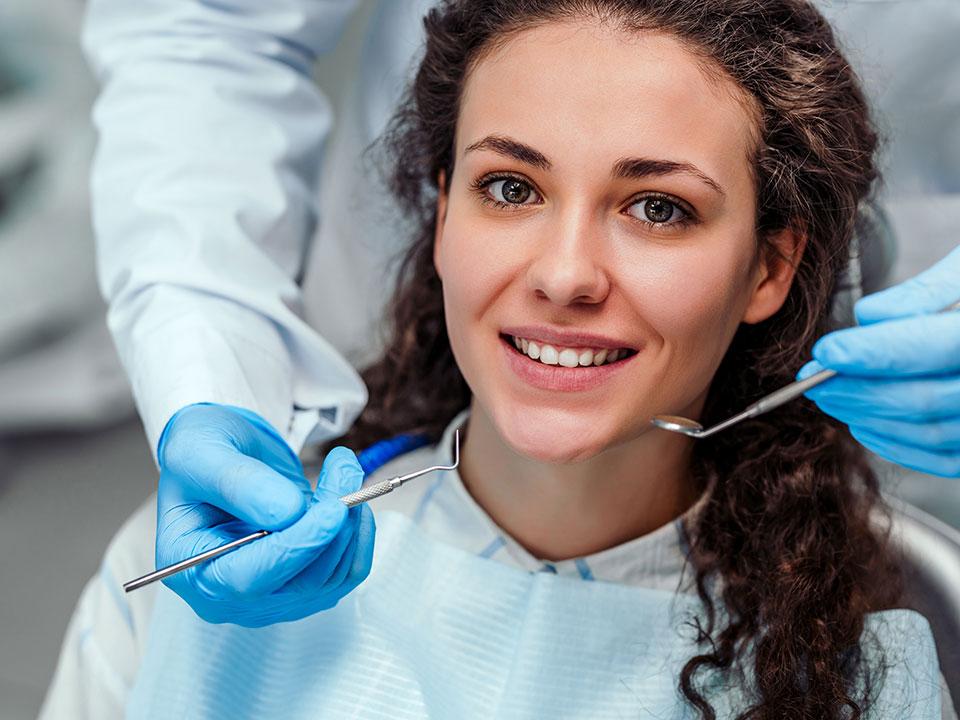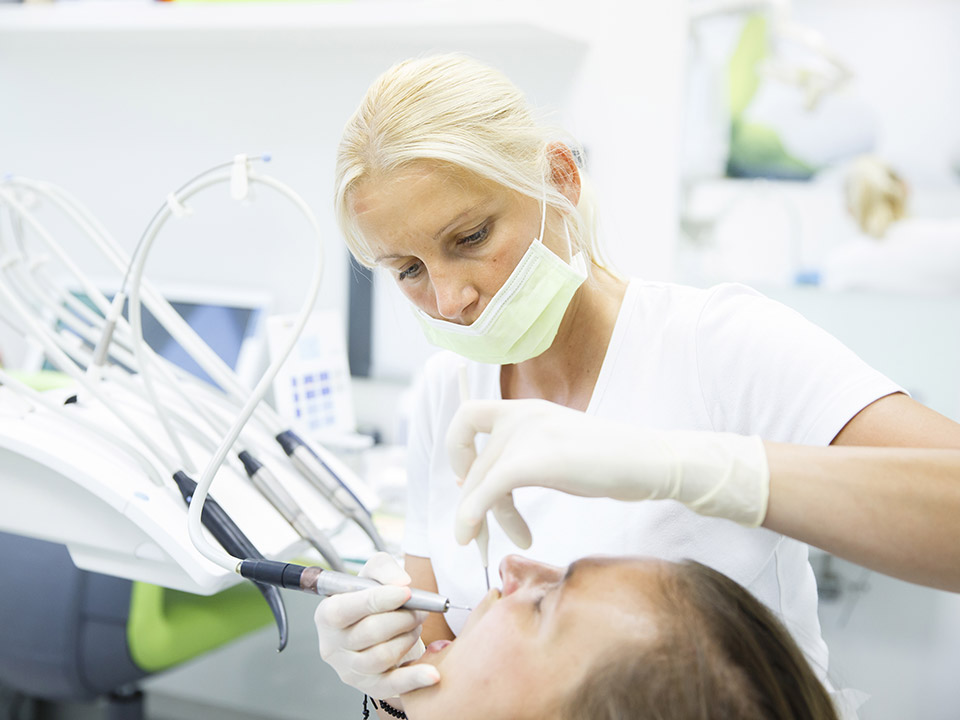Braces are pretty common in children. When the permanent teeth grow in, some children will require braces to align the structure. This ensures that the child does not develop a misaligned bite. Additionally, they help to align the jaw structure.
However, braces are not just for children—some adults need them too. Many adults who wear braces did not get them as a kid. Luckily, you can fix a misaligned bite at any age, as long as your teeth are healthy.
Putting off braces as an adult when you need them could cause more problems for you in the future. So by correcting the teeth now, you save yourself a lot of trouble in the future. And remember, there is no shame in correcting your smile.
Whether you wear ceramic, metal, or lingual braces, you need to care for them, especially if you are a first-time user. Caring for your braces ensures that you have a comfortable time. Additionally, it ensures that they correct your smile.
Furthermore, braces care will prevent damage to the braces, saving you money in fixing the break. And finally, it will go a long way in avoiding the need for future procedures. The following are some quick tips you can follow to help you through the journey.
Care Tips for Braces
1. Brushing and Flossing
Plaque (a mixture of saliva, bacteria, food particles, and acids) can stick on the inside of braces. If left untreated, you will suffer from tooth decay. Therefore, brushing on the surface is not enough.
First, you need to brush regularly, at least twice a day. When brushing, take off any removable parts of your braces. Ensure that your dentist shows you how to take them off if they are removable. Next, you need to hold your toothbrush at a 45-degree angle. This angle ensures that the wires and pins receive cleaning.
Always brush from the top of each wire, moving gently to the bottom. If you can, clean each tooth individually at a 45-degree angle of the gum line. Additionally, use circular motions as you brush, and always be gentle on your teeth.
Rinse thoroughly to ensure nothing remains stuck in your braces. As for flossing, ask your dentist about floss designed for people with braces. Ensure that you floss once a day and follow the care instructions from the dentist on flossing with braces.
2. Eating
For the next months that you will wear braces, you need to adopt a different eating style. Biting into food will push some of the particles up behind the braces. These are harder to reach and will eventually break down, mix with saliva and bacteria to form plaque. Therefore, you should avoid going teeth first into your meals. Instead, use a fork and knife to cut up your food. Foods you would normally bite into, such as pizza, corn on the cob, and chicken, will now require the use of a fork and knife. Use the cutlery to break up the food into bite-sized portions. It may be uncomfortable and tedious at first, but you will get used to it. And remember, it is all worth it, for a better smile.
3. Foods To Avoid
With braces comes the sacrifice of some of your favorite foods. However, the sacrifice is necessary to ensure that you achieve our smile quickly and without any discomfort from the braces.
There are several types of food you should avoid starting with hard foods. Chewing hard foods can cause the wires to snap and break some of the parts. When this happens, the braces loosen their grip from the tooth surface, reducing their effectiveness. Therefore, you should avoid hard foods such as apples, nuts, hard rolls, carrots, and sugarcane.
Sticky foods are also on the no list. They stick to the surface of the teeth, getting underneath the braces. They could stay there for a long time since brushing does not reach every nook and cranny. This will lead to the formation of plaque. Additionally, it could affect the proper function of the braces and cause you discomfort. Avoid candies, caramel, and chewing gum.
Finally, avoid all crunchy foods as they can cause the braces to break. This will lead to expensive repairs. Before that, you will experience discomfort, plus the braces will not function as effectively. Therefore, avoid foods such as popcorn, ice, popsicles, and chips.
4. Protecting the Braces
You need to protect your braces. Any wire snaps and breakage makes them less effective. Additionally, you would have to pay for repairs and lengthen the process of achieving a great smile.
Dentists will often tell you to avoid playing sports and participating in vigorous physical activity. However, most adults will find this problematic. Therefore, the next best thing you can do is wear a mouth guard to protect your teeth and braces.
The mouth guard will protect against snapping and breaking. It will also guard the gums and lips against coming in contact with the braces. If you have full braces, then wear a full mouthguard. If not, wear a top or bottom guard, depending on your braces.
5. Dental Checkups
Another thing that you need to make custom is dental checkups. Your dentist will make it quite clear that you need regular checkups after you get braces. Still, it is essential to attend every checkup.
Compulsory routine checkups will help to keep your teeth healthy and maintain the integrity and proper function of your braces. The dentist will clean your teeth, removing any particles that cause discomfort or plaque formation.
The dentist will also adjust the braces, depending on the progress and health of your teeth. Additionally, expect to get fixing for loose wires and bands. You may even get a prescription for pain medication to relieve any pain. Finally, the dentist will let you know your progress and give you an estimate for their removal.
In Conclusion, you can have an easy time wearing braces if you follow these care instructions regularly. If you notice any swelling or bleeding, be sure to consult your dentist. If not, you should have an easy time on your journey to a better smile.







